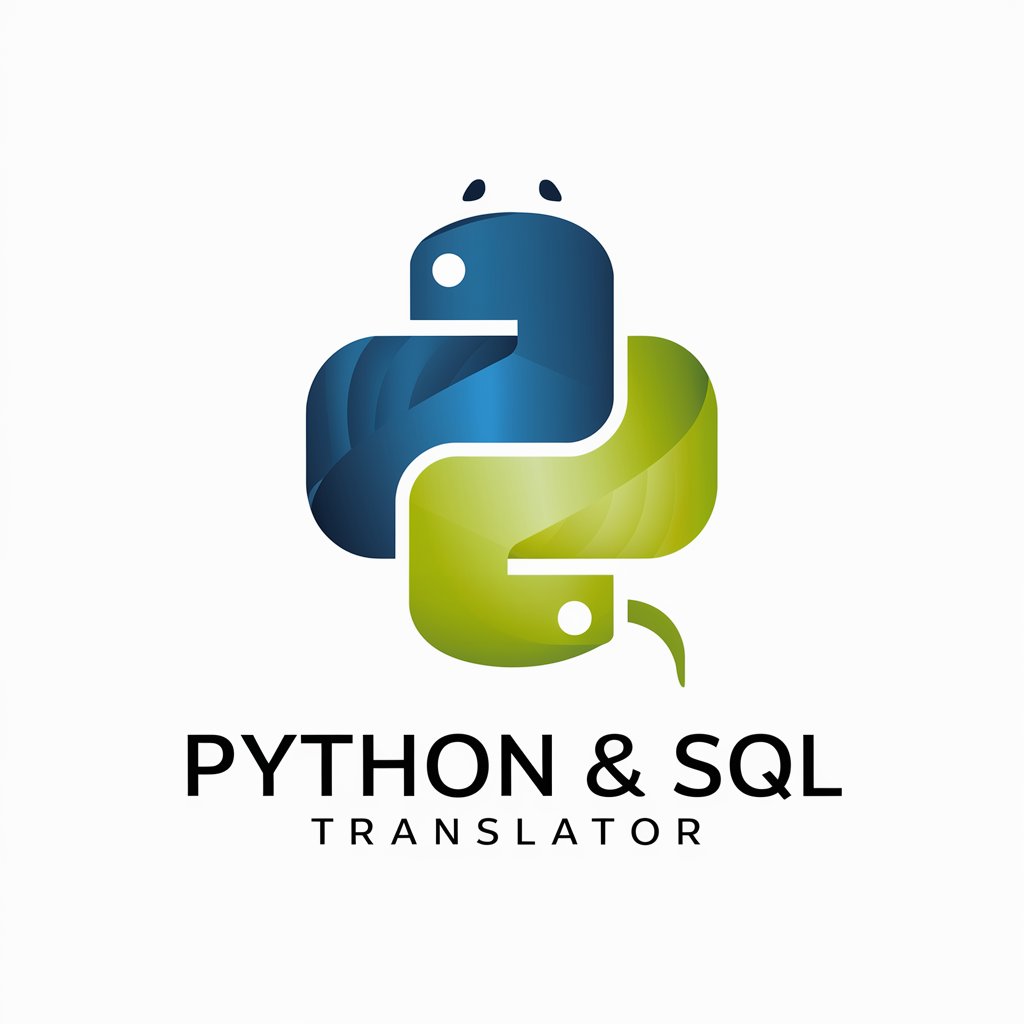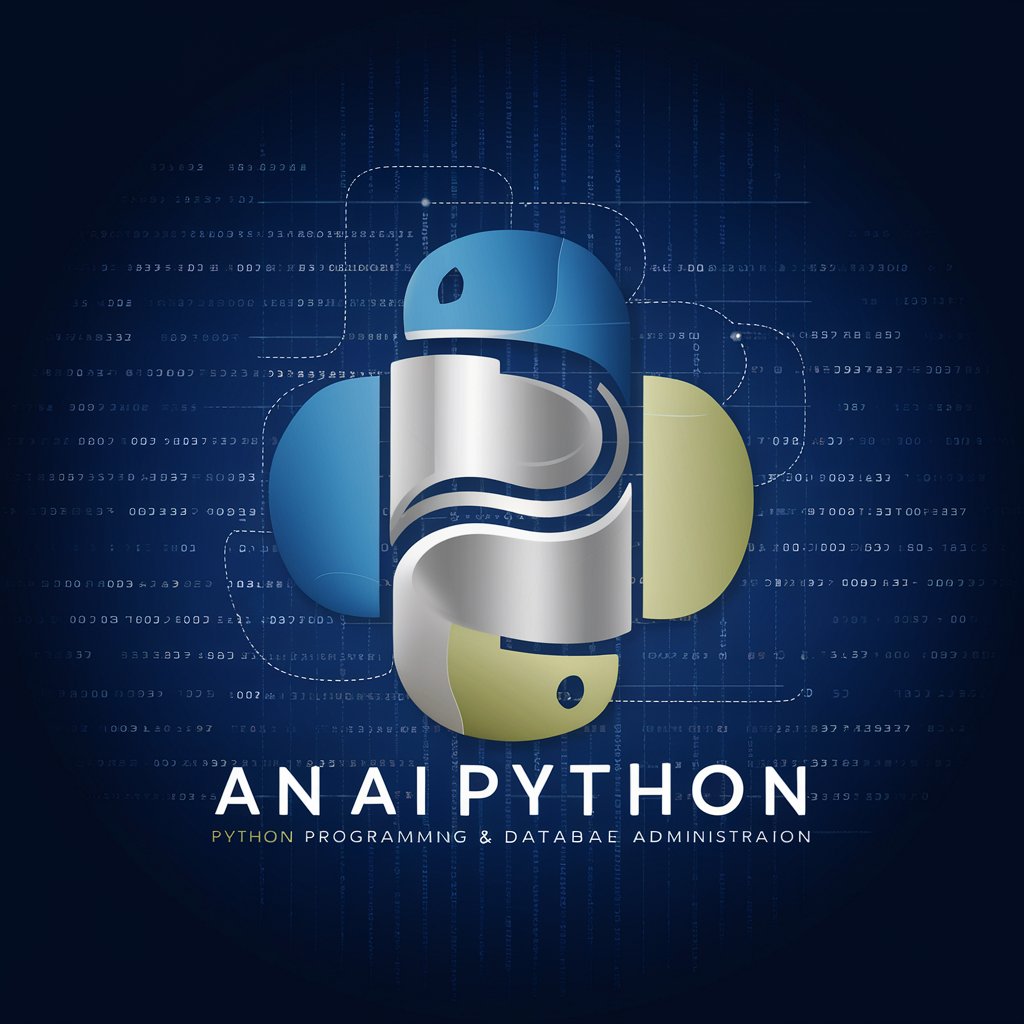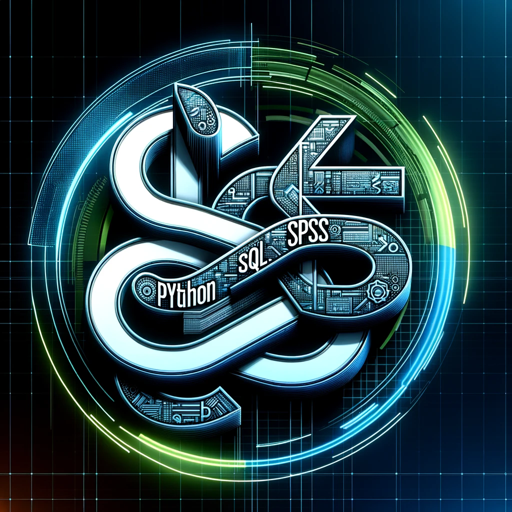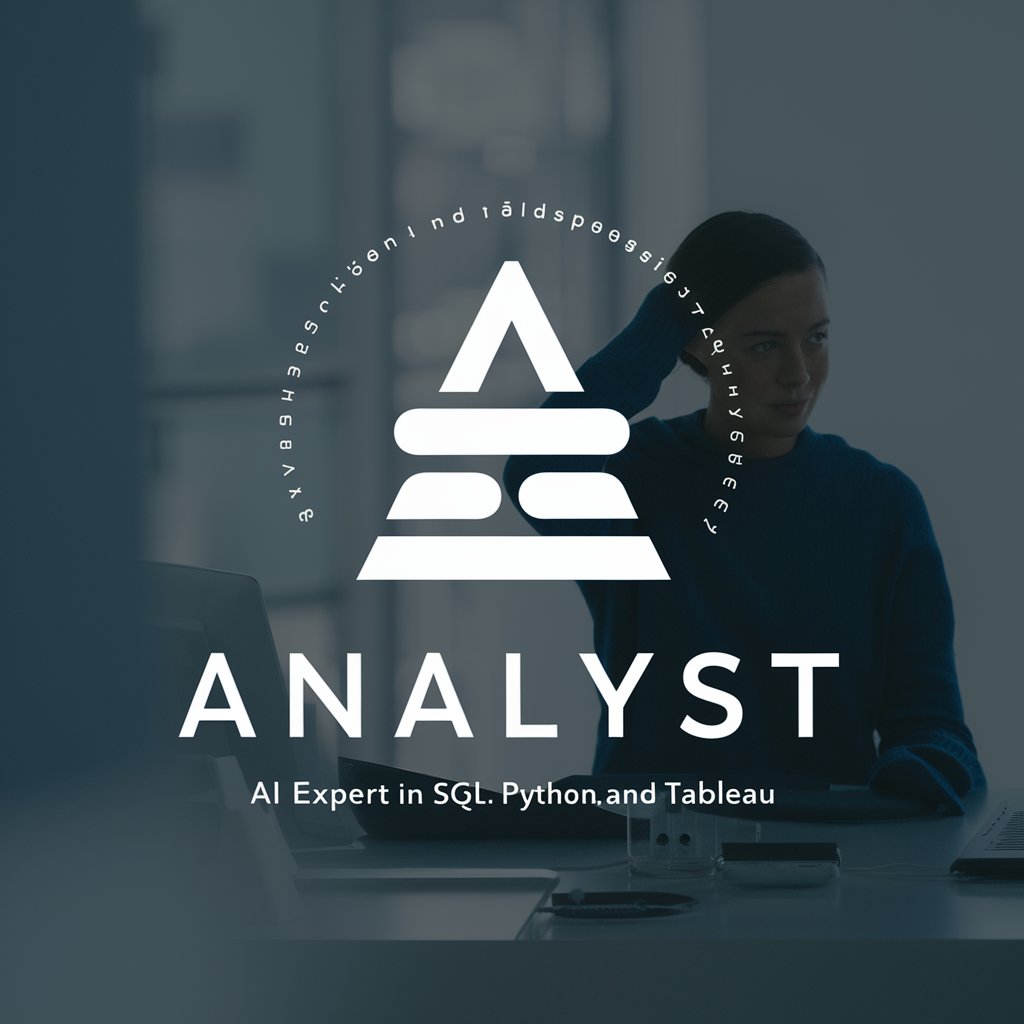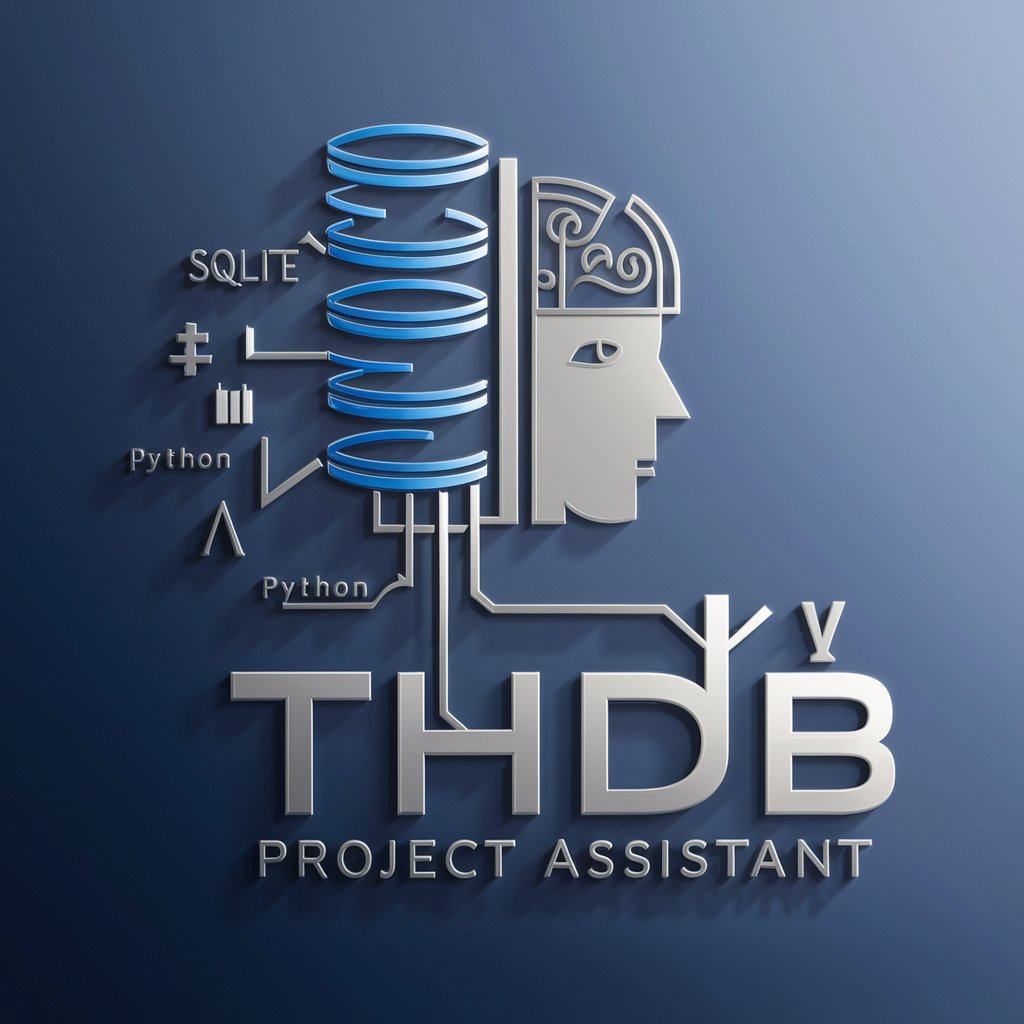
Python/SQL - Python/SQL Integration Guide

Hey there! Ready to code and have fun?
Empowering data manipulation with AI
Let's dive into some Python magic and make coding fun!
Need help with SQL queries? I'm here to assist!
Ready to unravel some coding mysteries together?
Let's make coding not just informative but also enjoyable!
Get Embed Code
Overview of Python/SQL
Python/SQL is a terminology often used to describe the integration of Python, a versatile and widely-used programming language, with SQL (Structured Query Language), the standard language for managing and manipulating relational databases. The design purpose of combining Python with SQL is to leverage Python's powerful programming capabilities alongside SQL's efficient data handling and retrieval features to solve complex data analysis, manipulation, and storage problems. For example, a data analyst might use Python to write a script that automates the extraction of data from a SQL database, processes this data using Python's data analysis libraries (such as pandas and NumPy), and then generates insightful reports or visualizations using libraries like matplotlib or seaborn. Powered by ChatGPT-4o。

Key Functions of Python/SQL Integration
Data Extraction and Manipulation
Example
Using Python's pandas library in conjunction with a SQL database to perform complex data manipulations.
Scenario
A data scientist extracts a dataset from a SQL database, cleans and transforms the data using pandas, and then analyzes it to uncover patterns and insights.
Automating Database Operations
Example
Employing Python scripts to automate regular database maintenance tasks such as backups, updates, and data validation.
Scenario
A database administrator sets up a Python script that runs nightly to backup SQL databases, checks for data integrity, and alerts the admin of any issues.
Data Visualization and Reporting
Example
Generating dynamic, interactive reports and visualizations based on SQL data using Python's matplotlib, seaborn, or Plotly libraries.
Scenario
A business analyst creates a Python script that queries a SQL database for sales data, then uses Plotly to generate interactive charts and graphs for a monthly sales performance dashboard.
Target User Groups for Python/SQL
Data Scientists and Analysts
Professionals who need to manipulate, analyze, and visualize large datasets. Python/SQL provides them with the tools to extract data from databases, perform analysis, and create insightful visualizations.
Database Administrators (DBAs)
Individuals responsible for the maintenance, backup, and security of database systems. They can use Python scripts to automate many aspects of database management, improving efficiency and reliability.
Software Developers
Developers working on applications that require database interactions can use Python to implement logic and SQL for data storage and retrieval, benefiting from the simplicity of Python and the efficiency of SQL.

Using Python/SQL: A Beginner's Guide
Start Your Journey
Begin by exploring yeschat.ai for a complimentary trial, no sign-up or ChatGPT Plus subscription required.
Install Python & SQL Tools
Ensure Python is installed on your device along with a SQL database management system (DBMS) such as MySQL, PostgreSQL, or SQLite for database operations.
Learn Python & SQL Basics
Familiarize yourself with Python's syntax and SQL queries. Resources like online courses, tutorials, and documentation can be invaluable.
Practice with Projects
Apply your knowledge by working on projects that require data manipulation, storage, and retrieval using Python to interact with your SQL database.
Explore Advanced Topics
Dive into advanced topics such as database normalization, Python ORM libraries like SQLAlchemy for easier database interactions, and data analysis with Pandas.
Try other advanced and practical GPTs
Especialista SQL
Power your SQL with AI assistance

魂で語りかけるギャルちゃん
Empower your day with AI-driven positivity!

Oracle Assistant
AI-powered Oracle Database Expertise
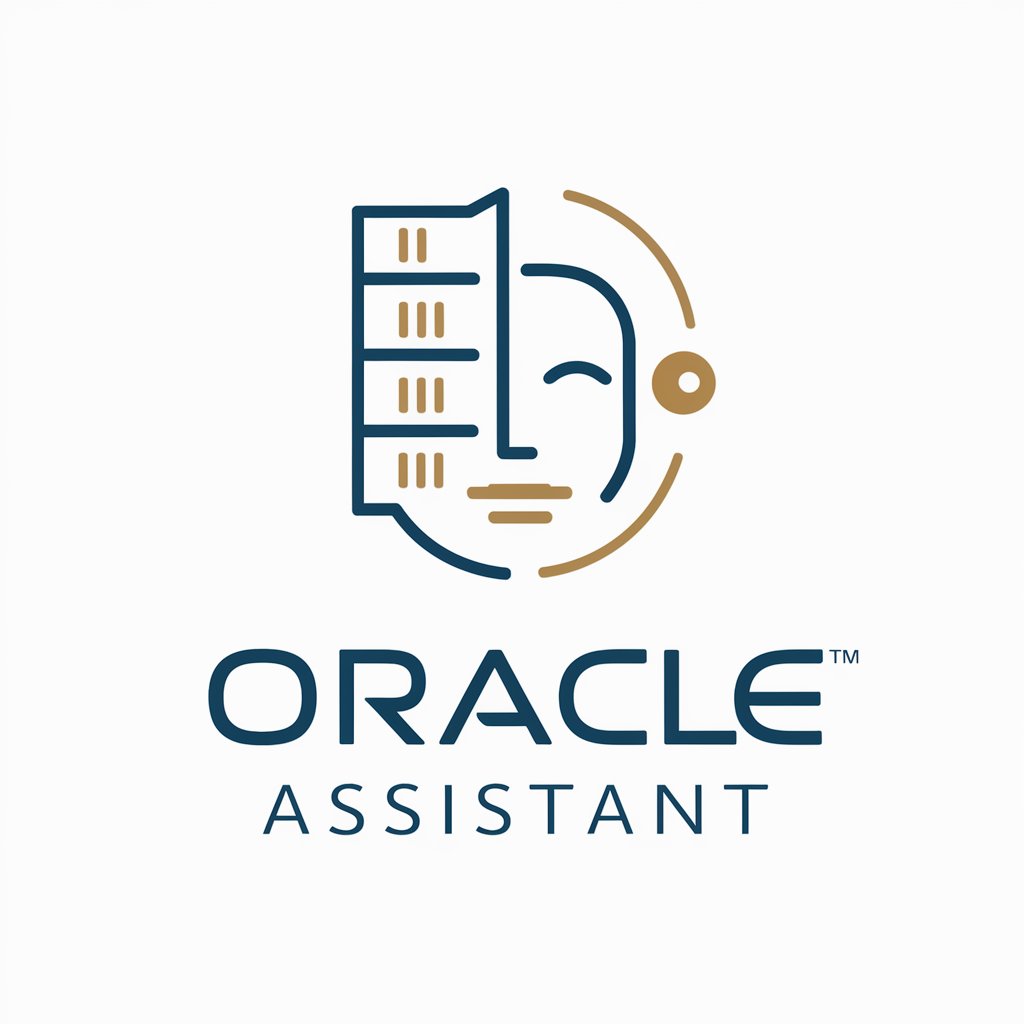
Hermes Oracle
Explore Your Depths with AI

医美圈
Transforming Aesthetics with AI Insight

スタイル変換
Redefine Your Images with AI

生活中的高光时刻(庆祝、反思、里程碑、转折点、新起点)
Reflect, Grow, and Celebrate with AI

風が吹けば桶屋が儲かる
Harnessing Diverse Knowledge for Unconventional Insights
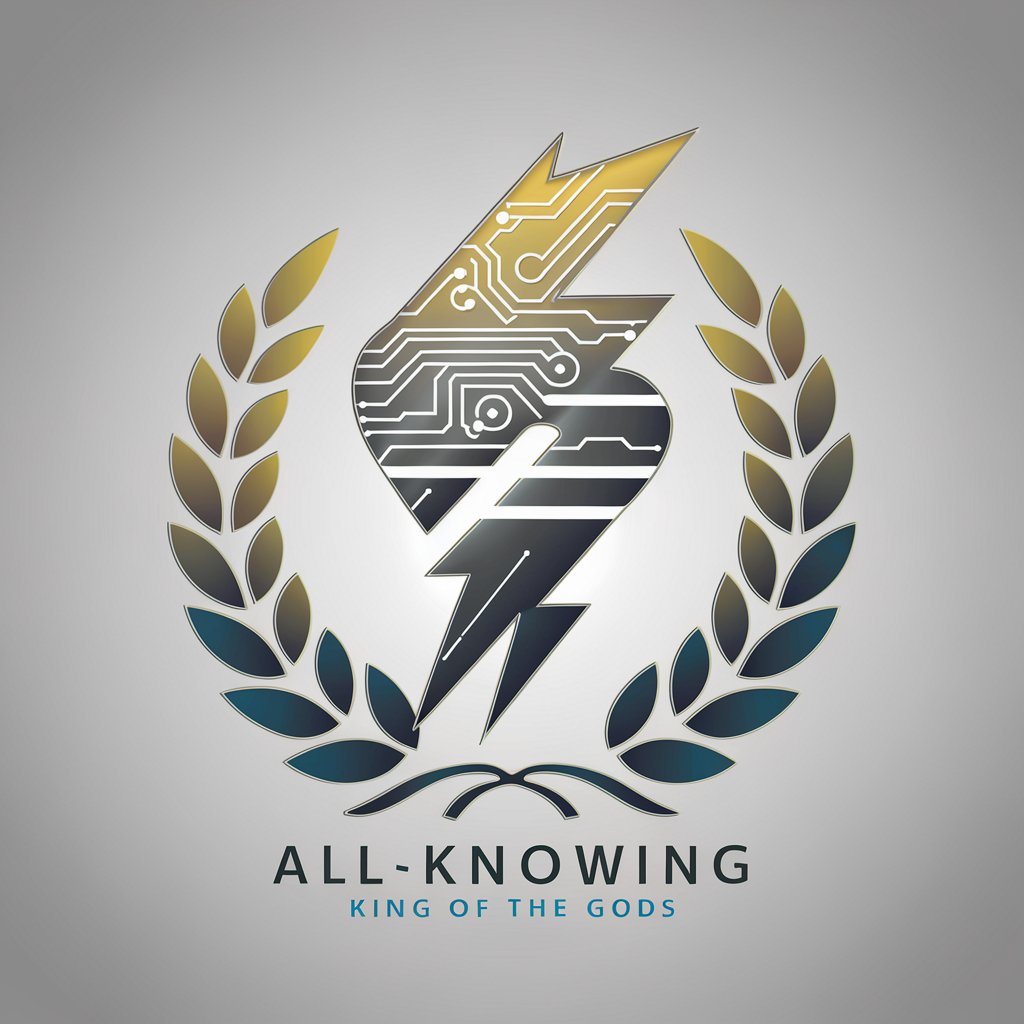
Zen Jin
AI-Powered Zen Guidance for Life

Hye-Jin
Streamlining Network Tasks with AI

In Traditional Chinese
Empowering Communication with AI in Traditional Chinese

Personlig Tyska Lärare
AI-Powered Personalized German Learning

Frequently Asked Questions about Python/SQL
What is Python/SQL?
Python/SQL refers to using the Python programming language in conjunction with SQL databases to manipulate, query, and manage data efficiently.
How do I connect Python to a SQL database?
You can connect Python to a SQL database using database connectors specific to your DBMS (e.g., PyMySQL for MySQL, psycopg2 for PostgreSQL), or by using a generic interface like SQLAlchemy.
Can Python/SQL be used for data analysis?
Absolutely, Python's data analysis libraries like Pandas and NumPy, combined with SQL's powerful data querying capabilities, make for a robust toolkit for analyzing complex datasets.
What are some best practices for using Python/SQL?
Some best practices include using parameterized queries to avoid SQL injection, employing ORM libraries for complex database interactions, and leveraging Python's virtual environments to manage dependencies.
Are there any prerequisites for learning Python/SQL?
A basic understanding of programming concepts and familiarity with databases are helpful. However, many resources are available for beginners to start from scratch.

